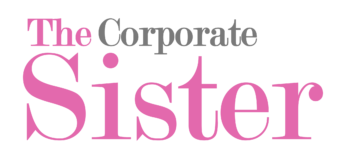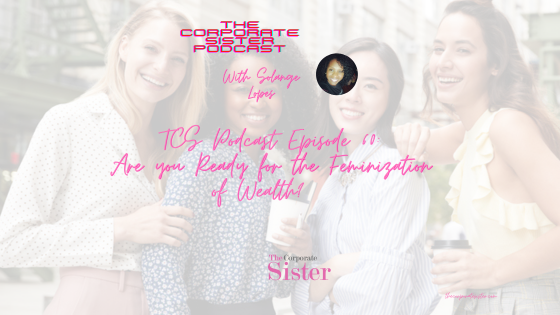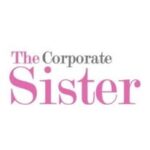Have you ever taken a look at the list of Forbes Under 30, or Forbes Under 40, as you ponder the fact that you need your own list for your own age group? Do you sometimes (or often) wonder as you climb up the age ladder, if you will continue to climb up your own ladder of fulfillment and success as you age? Or does aging for the working woman that you are mean giving up on continued career and business growth and purpose? These are all questions you may have asked yourself. I know I have…
The Merriam-Webster dictionary defines ageism is defined as “prejudice or discrimination against a particular age-group and especially the elderly”. Among the various types of discriminations, including diversity-based, gender-based and racial discrimination, ageism is actually the most pervasive form of discriminating against individuals, especially in the workplace, with a whopping 44% of employees reporting experiencing age discrimination and over $810.4 million paid by employers to settle age discrimination-related charges filed with the U.S. Equal Employment Opportunity Commission (EEOC). This type of discrimination also predominantly affects women and people of color. Despite the existence of the Age Discrimination Employment Act (ADEA), which legally acts against age discrimination in individuals age 40 or older, related discriminatory violations are still rampant in the workplace.

According to the Harvard Business Review, women in their mid-50’s are faced with new, and demeaning biases in the workplace, including the assumption their age is making them more tired and less interested in their work. As a result, they’re being forced out of work at an age where they are still flourishing. Despite laws targeting age discrimination, women over 50 still struggle with the pressure to maintain their credibility and relevance, especially in industries where women are judged by their external appearance, including the fashion and beauty industry.
You don’t even have to reach your 50’s these days to feel the pressure, quite honestly. Just scrolling through glossy Instagram profiles filled with younger and younger women flaunting photoshopped bodies and borrowed wisdom quotes is enough to make you apprehend the passing of time in your own life and career. I know when I look at the next 10 or 20 years ahead of me, God willing, a whole new set of questions and doubts haunt me, some of which are a normal part of aging, while others are imposed to me by a society that treats aging as a non-recyclable life component.
What I, and so many other women (because the reality is, we’re all aging), want to hear more about, are ways in which we still can, and are encouraged to, well in our 40’s, 50’s, 60’s and beyond, to have fulfilling, successful careers and lives and showing our fellow counterparts what it looks and feels like to gracefully thrive with age. What we want is more businesses, organizations and governments to set up the appropriate systems and infrastructures to foster the flourishing of more working women beyond hurtful and damaging aging stereotypes. There are a few ways to that you and I can participate in this movement by fostering:
- Acknowledging and pointing out the problem in our own organizations
Ageism manifests in many ways, some more subtle than others. From job ads that fail to use age-inclusive language, instead referring to new, non-inclusive terminology such as “digital native” (which refers to an individual born or brought up during technology’s age), to lack of training on the related discrimination, many, if not most organizations and businesses are dropping the ball when it comes to preventing and remedying ageism. This is without mentioning open and blatant instances of age discrimination that may happen right in front of us.
As working women, we can help by identifying these instances, and offering solutions. How about transition paths being offered to older working women, instead of simply unceremoniously booting them out of the workplace with semi-compensating retirement packages? Or the creation of more inclusive job advertisements and in-house trainings geared at educating all generations on the dire costs of ageism? Or gathering the data necessary to present to the appropriate governmental, legal and business bodies to create requirements to counter this issue?
- Promoting and leveraging the growth that comes with aging
There’s a reason why some of the best educational programs, including some prestigious Masters in Business Administration, notably from Harvard, require prior experience. As much as we may laud the power of influence, social media and early prominence these days, it’s undeniable that experience and growth play a crucial role in career and business success. This is all the more relevant as working women age, gathering the benefits of extensive personal and professional experience, bring these benefits to their place of business, thus empowering other women.
Aging is a privilege, not just for working women, but also for organizations and businesses. By foregoing the invaluable advantages that come with the experience and growth of working women, organizations and businesses also deprive themselves of a major driving force of success.
- Fostering increased innovation and re-inventing ourselves
Both individuals and organizations thrive on reinvention and organization. What many fail to understand is that innovation is not just the product of youth, it’s also a compound of general growth and experience. As a matter of fact, a recent study by MIT found that the average age of startup founders is 42, which destroys the myth of the young founder. As working women, we have the privilege, and also the burden, to experience and handle multiple aspects of life and work from the various hats we wear all throughout our lives, from caretakers, mothers, to professionals and so many other roles.
As such, we constantly have the opportunity to reinvent ourselves through our various stages of growth. This is also a great benefit that aging women bring to all areas of their work and life, including their career. As such, organizations should look more to aging women for opportunities for reinvention, growth and improvement.
Overall, while working women and people of color are the most affected by ageism and age-related discrimination, there are a few ways that each and every one of us can counter-act this destructive and costly phenomenon, in our own capacity, in our departments, organizations, and businesses.
Have you experienced age-related discrimination? What are your thoughts on it?
The Corporate Sis.









